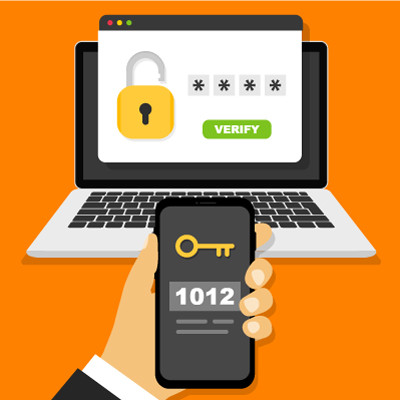Directive Blogs
MFA is Becoming a Major Component of Business Insurance
Businesses are prioritizing cybersecurity more than ever. Many insurers now require companies to meet specific cybersecurity standards before offering coverage, with one key requirement being the implementation of multi-factor authentication (MFA).
Here’s what you need to know and how we can help.
What is MFA?
Multi-factor authentication (MFA) is a cybersecurity measure that adds additional layers of security beyond the traditional username and password system.
While the classic username and password combination has been a standard since the advent of networking, it is relatively easy for cybercriminals to compromise using methods like phishing, keylogging, and network snooping.
MFA mitigates these risks by requiring additional authentication steps that are much harder to replicate or steal.
How Does Multi-Factor Authentication Work?
MFA enhances security by requiring users to provide extra proof of identity.
Initially, a user presents their identity with a username, requesting access. Traditionally, this identity was authenticated with a password. However, MFA requires more proof before granting access, such as an additional authentication factor.
What Can Be Used as Authentication in Modern MFA Systems?
Modern MFA systems require additional proof of identity, which can be categorized into three types:
- Something you know: A password or passcode.
- Something you have: An access token, account, or application.
- Something you are: Biometric data.
While some options are more secure than others, any MFA implementation significantly enhances security, which is crucial for insuring your business.
Emailed Codes
This method involves sending a code to the user’s email during an access attempt. The user must then provide this code to gain access. It’s simple but effective for businesses willing to check their email before logging into a secured resource.
SMS Codes
Some platforms send a code via text to the user’s phone, which must be entered to gain access. Despite its simplicity, SMS-based MFA has some downsides, such as issues if the phone is lost, upgraded, or if the phone number changes.
Authentication Applications
Dedicated MFA applications like Google Authenticator, Microsoft Authenticator, and Duo offer a secure way to generate and access MFA codes. When choosing an app, ensure it supports device transfers and backups.
We’re Here to Help
Business insurance is essential, and if it helps make businesses more secure, it's a win-win. If you want to learn more about implementing MFA or have any other IT or cybersecurity questions, we’re here to help. Call us at 607.433.2200 to learn more.


